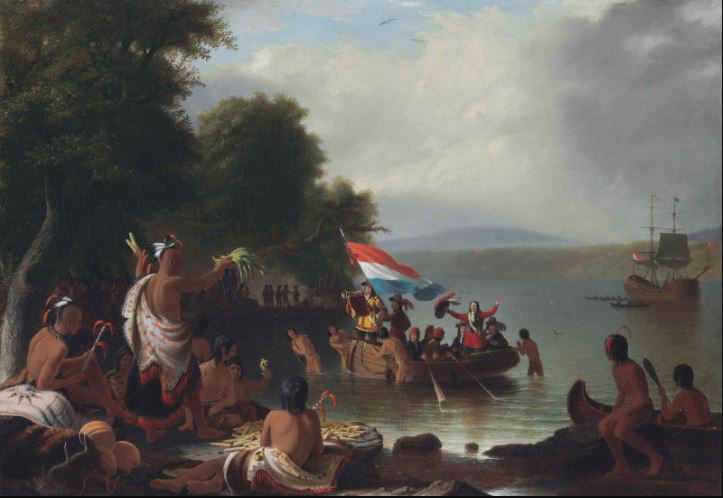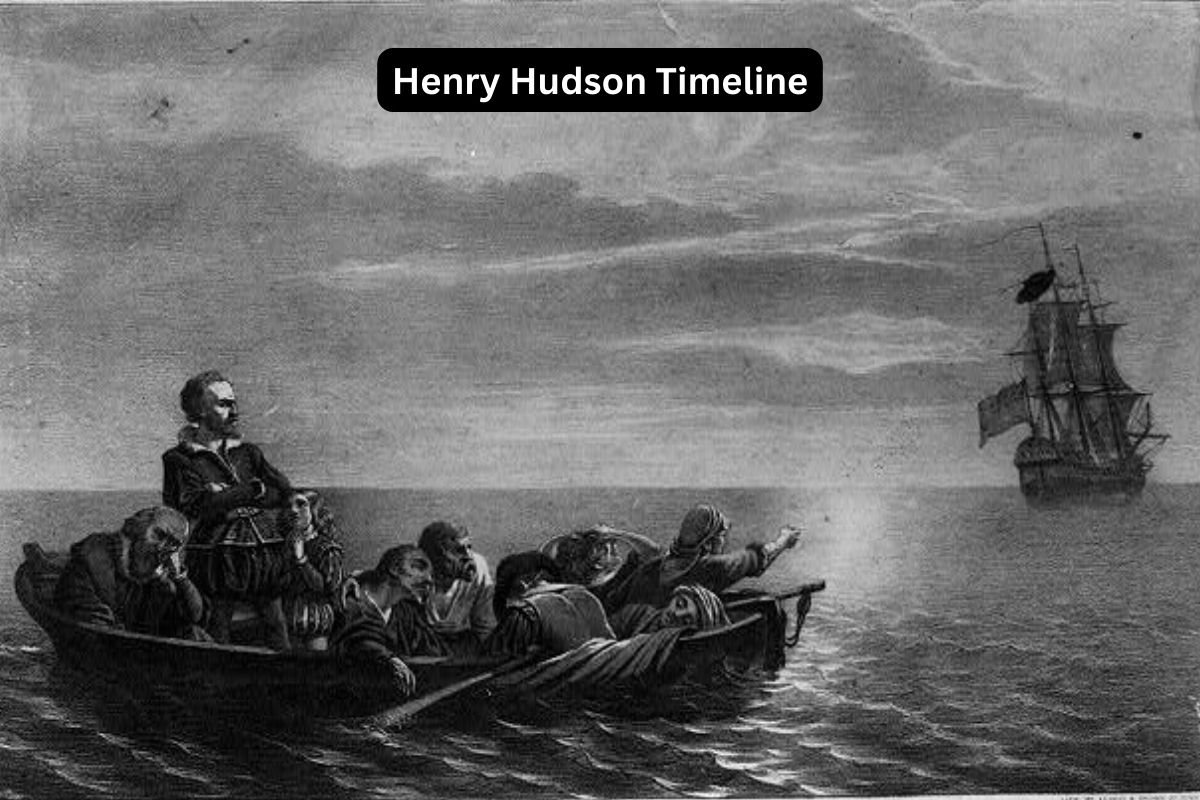Henry Hudson, born around 1565 in England, was an intrepid explorer whose name is synonymous with the age of exploration in the early 17th century.
His voyages in search of elusive Northwest and Northeast Passages to Asia, along with his exploration of North America’s eastern coast, left an indelible mark on the history of exploration.
While his ultimate goals remained unfulfilled, his daring journeys laid the foundation for future discoveries and played a pivotal role in shaping the maps of both the Arctic regions and North America.
This brief overview provides a glimpse into the life and adventures of Henry Hudson, an explorer whose legacy endures to this day.
| Year | Event |
|---|---|
| 1565 | Birth of Henry Hudson (exact date and place unknown) |
| 1607 | Hudson’s first documented voyage in search of a Northwest Passage, reaching Novaya Zemlya |
| 1608 | Hudson’s second voyage, exploring the Svalbard (Spitsbergen) archipelago |
| 1609 | Hudson’s famous voyage under the Dutch East India Company, exploring New York Harbor and the Hudson River |
| 1610 | Hudson’s final and ill-fated voyage under English sponsorship, leading to his disappearance in Hudson Bay |
Timeline of Henry Hudson
1565 – Birth of Henry Hudson (exact date and place unknown)
The birth of Henry Hudson is believed to have occurred in 1565 in England, although the specific date and place of his birth remain unknown.
He would go on to become one of the most renowned explorers of the early 17th century, remembered for his voyages in search of a Northwest Passage and his contributions to the exploration of North America.

1607 – Hudson’s First Documented Voyage
In 1607, Henry Hudson embarked on his first documented voyage as an explorer. During this expedition, he sailed under the flag of the Muscovy Company, a British trading company, with the primary objective of searching for a Northwest Passage to Asia.
Hudson’s voyage took him into the Arctic region, where he reached the Novaya Zemlya archipelago. While this voyage did not result in the discovery of the elusive passage, it marked the beginning of Hudson’s career as an explorer.
1608 – Hudson’s Second Voyage to Arctic Waters
Building on his experience from the previous year, in 1608, Henry Hudson set out on his second voyage in search of a Northwest Passage. During this expedition, he continued to explore Arctic waters, and his journey took him to the Svalbard archipelago, also known as Spitsbergen.
While this voyage, like the first, did not lead to the discovery of the desired passage, it furthered Hudson’s knowledge of the northern regions and contributed to the broader understanding of the Arctic geography.

1609 – Hudson’s Famous Voyage Under Dutch East India Company
In 1609, Henry Hudson embarked on one of his most famous voyages, which was sponsored by the Dutch East India Company. This journey would have a lasting impact on the exploration of North America.
Hudson set sail on the ship Halve Maen (Half Moon) with the primary objective of finding a Northeast Passage to Asia, but instead, he would explore parts of North America. During this voyage, Hudson and his crew ventured along the eastern coast of North America, making several notable discoveries.
Perhaps the most significant of these was the exploration of what is now known as New York Harbor and the river that bears his name, the Hudson River. He also explored regions that are now part of New Jersey and Delaware.
Although he did not find the desired passage to Asia, Hudson’s exploration helped lay the foundation for Dutch claims in North America, particularly in the area that would later become New Netherland.
1610 – Hudson’s Final and Ill-fated Voyage Under English Sponsorship
Henry Hudson’s final voyage, which took place in 1610, was sponsored by English merchants who hoped to find a Northwest Passage.
Hudson set sail on the ship Discovery with the intent of exploring the northern regions of North America and seeking a route to the Pacific Ocean through what is now known as Hudson Bay.
This voyage, unfortunately, ended in tragedy and mystery. Hudson and his crew faced harsh conditions and bitter cold as they navigated Hudson Bay. In June 1611, discontent among his crew led to a mutiny.
Hudson, his teenage son John, and several loyal crew members were set adrift in a small boat in the bay, and they were never seen again. The exact fate of Hudson and his companions remains a mystery, but it is widely believed that they perished in the unforgiving Arctic waters.
